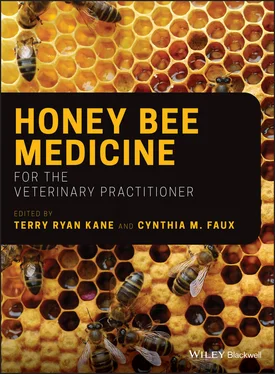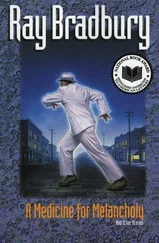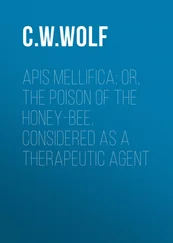Practical application: A swarm may contain several queens, most being virgins. Workers may form protective walnut‐sized “balls” around them, that can be picked up and used to start new colonies.
Once a swarm settles into a new cavity, the new colony is in a race against time, since the average longevity of a worker bee is about 35 days, and it takes around 20 days to complete a brood cycle. It is astounding how rapidly a swarm can build out a new hive and grow – provided that there is either a nectar flow on, or the colony is fed sugar syrup.
Management to Minimize Swarming
Swarming is the natural reproductive process of the honey bee. It is challenging, but possible to manage colonies to minimize swarming. A colony swarms once it has grown to a certain size, or when it senses that it has grown too large for the cavity that it inhabits. The cues for those two factors are, respectively, the dilution of queen pheromone, and the lack of pheromones from young larvae.

Figure 5.20 A sharp‐eyed vet can really impress a beekeeper when they walk up to a hive, and with a glance at the ground pronounce that the colony has recently swarmed. The presence of a dead virgin queen in front of the hive, as in the photo above, is a sure sign of that occurrence.
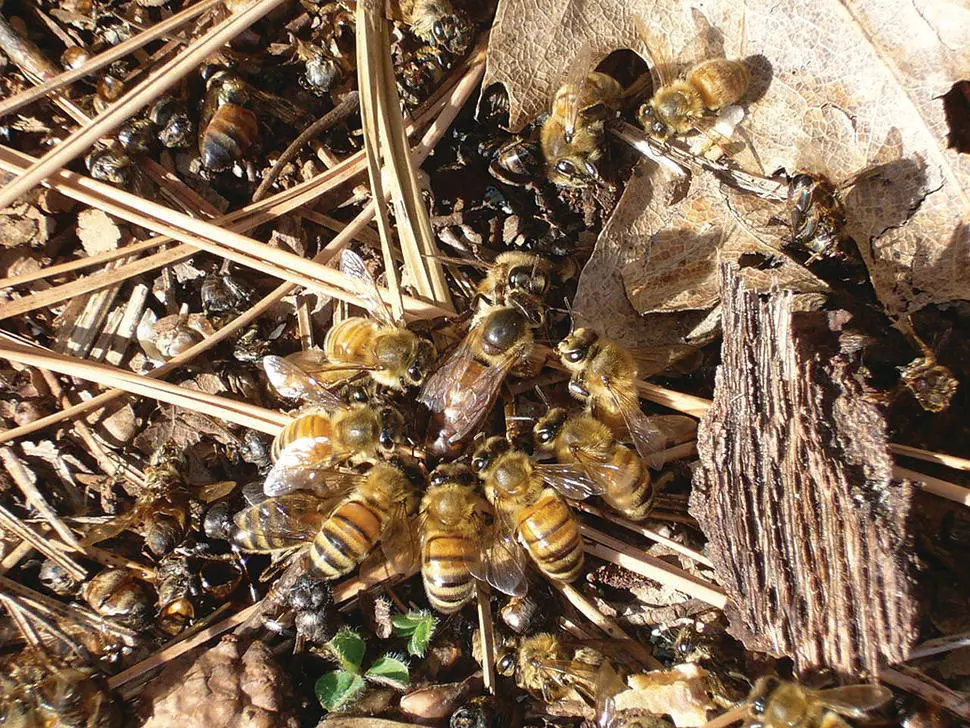
Figure 5.21 An aged or damaged queen may not be able to fly far, and may land on the ground and not be able to return to the hive, in which case the swarm will return to the hive, only to leave again once a new queen emerges from a swarm cell. You may spot a flight‐impaired queen on the ground, sometimes surrounded by a few workers (note this aged queen's damaged wing).

Figure 5.22 A beekeeper about to shake a low‐hanging swarm into an empty box placed above a hive full of frames. A swarm will readily move into a box full of beeswax combs, and immediately begin foraging and establish a broodnest.
Practical application: The short version is that the swarm impulse can be kept in check by:
Providing drawn comb directly in contact with the broodnest so that the queen doesn't run out of cells in which she can lay eggs, or
“Shaking bees” to decrease the population size, or
Splitting the colony to reduce its size.
More details can be found at (Oliver 2015).
Practical application: Springtime swarm prevention can often be combined with requeening and varroa management.
I would be remiss not to mention that a swarm of honey bees may invade another colony and replace its queen with their own. Such behavior is well‐known for the Africanized Honey Bee (Schneider et al. 2004) but is also occasionally observed in European colonies (Mangum 2010; Oliver pers. obs.). This sort of aggressive usurpation allows a small swarm to take over the combs and valuable food stores of an established colony, thus giving the invading swarm a much better chance at their genetics surviving the winter. The invaded colony is often weak, queenless, or with a failing queen.
Practical application: If a swarm lands next to the entrance of an established hive, an inspection may find a queen being balled on the bottom board, indicating that a hostile takeover has taken place.
A queen may be unexpectedly lost without a supersedure cell in place. This may be due to sudden queen failure, disease, predation, mishap, or frequently in the case of inexperienced beekeepers, due to mishandling of the frames, resulting in injury to the queen ( Figure 5.23). Or, a queen will occasionally drop off a frame to the ground, unnoticed, or sometimes even fly away (although she usually returns).
Practical application: a vet not highly practiced at handling frames of bees may wish to have the hive owner pull any frames for inspection, in order to avoid be blamed for killing the queen (Figure 5.23 ).
The colony does have a trick up its sleeve, however, to replace an unexpectedly lost queen: within hours it will begin making postconstructed “emergency queen cells.” All female larvae are totipotent (capable of developing into either caste) until they begin differentiating due to their dietary change beginning roughly 24 hours into their development.
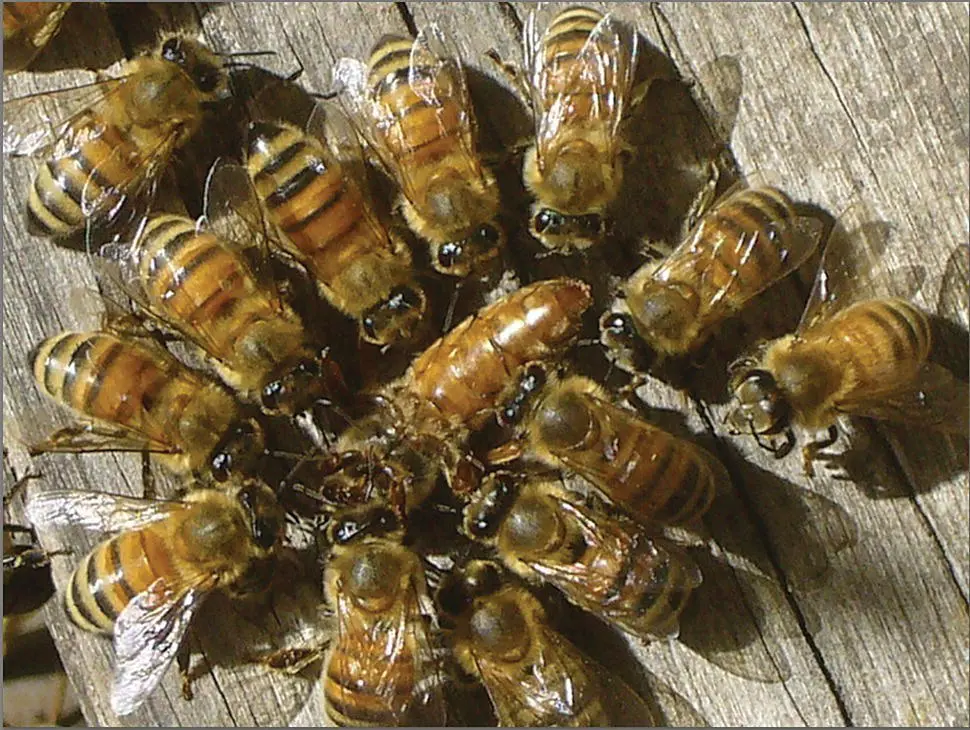
Figure 5.23 The author has too many times observed a novice beekeeper inadvertently injuring a colony's queen, only to later see her body having been drug out the entrance. After any colony inspection, always check the ground and sides of the hive for small clusters of bees that may contain a queen.
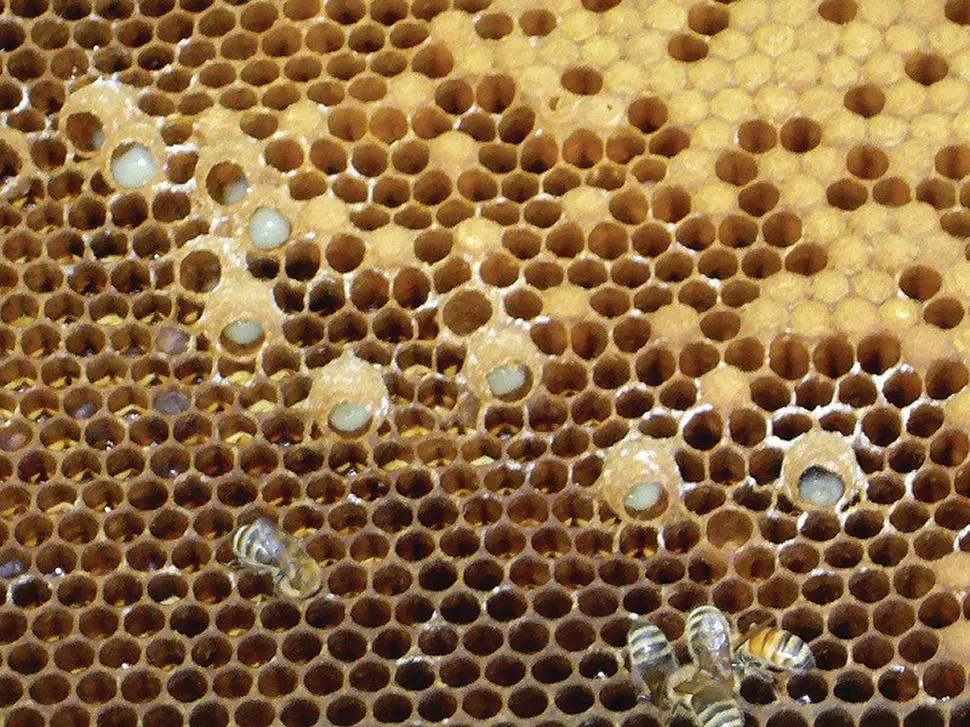
Figure 5.24Typical emergency queen cells at about a day after initiation, showing the process of floating worker larvae to the top of their horizontal cell on surplus jelly, and then adding additional wax to turn what is now a queen cell vertically downwards.
Practical application: Should a queen be unexpectedly lost, the workers have only a few days to save the colony – by converting at least one worker cell containing a female larva less than 24 hours old into an “emergency queen cell” (a “postconstructed” queen cell). This is done by floating chosen 1st‐instar larvae to the top of their cell on jelly, and then building a vertical queen cell downward (Figure 5.24).
Identification of emergency cells: The scattered appearance and multiple number of the above emergency cells, surrounded by cells of equal‐aged young larvae (not visible in this view) identifies them as emergency, rather than swarm or supersedure cells. These cells are only just started and will soon look similar to a supersedure or swarm cell. Before their emergence, however, the bees will cull some emergency cells, leaving only those with the best queens to emerge (Punnett and Winston1983 ).
Practical application: The process of replacing a queen takes time. The first queens won' t emerge until at least 12 days, then a virgin needs a few days to mature enough to take a mating flight (weather permitting), and then develop her ovaries prior to commencing egg laying (which typically commences 10–14 days after her emergence). Thus, it takes around 25–30 days after losing its queen before the colony will again exhibit a laying queen.
“Laying Worker” and “Hopelessly Queenless” Colonies
Should a colony be unsuccessful at producing at least one successfully mated replacement queen, it will become “hopelessly queenless.” Without a queen's (and perhaps the brood's) pheromones suppressing ovary development in the workers, some workers will then commence to lay eggs, and are called “laying workers.” Unfortunately, those eggs, being unfertilized, can develop only into drones ( Figure 5.25).
Читать дальше
